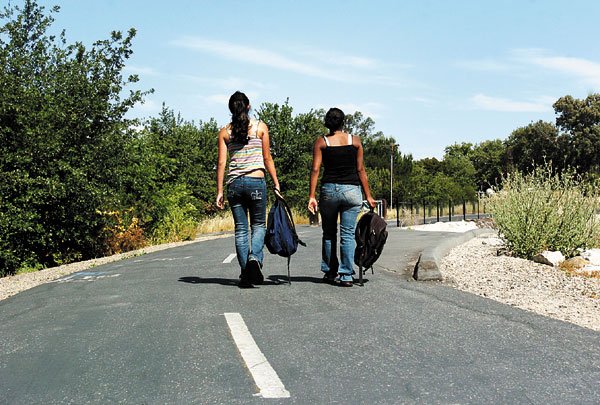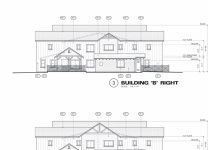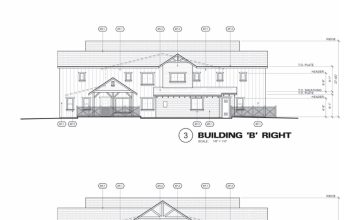”
What is the distance of the Gilroy Levee Trail?
”
“What is the distance of the Gilroy Levee Trail?”
Dear Lost on the Levee,
Some would say the Uvas Creek Trail is one of the most popular spots for exercise in Gilroy – whether it’s running, biking or walking the dog. But the distance and borders of the Gilroy trail seem to be ambiguous.
From Santa Teresa Boulevard to the Miller Avenue crossing is one mile, said Joe Kline, the public information officer for Gilroy. From the Miller Avenue crossing to West Luchessa Avenue is one mile. From the Miller Avenue crossing to the south end of the elevated levee is 1.4 miles. From the Miller Avenue crossing to the Gilroy Sports Park, on Monterey Frontage Road, is 1.5 miles. And from Santa Teresa Boulevard to the Gilroy Sports Park is 2.5 miles.
Don’t judge a book by its cover
“I would like to make a comment to a past caller – What makes you think that everyone that goes down your street is there to commit a crime? Is it the way they are dressed or their nationality? It seems to me that you are judging people based upon dressing a certain way or being of a certain nationality.”
Dear Aware of Reality,
Thanks for writing to the Red Phone regarding these matters.
It’s a tough balance trying to be aware of the safety of ourselves and neighbors but also be fair and not judge people by their outward appearances. Perhaps the best strategy is to be patient and observant – don’t call someone in because of the clothes they’re wearing or the color of their skin. However, if you see them do something suspicious, such as peering into multiple car windows, perhaps it’s time to pick up the phone.
Digital TV conversion
“My comment has to do with the conversion to digital for television. I installed a digital converter box and when the digital switch comes I will lose connection to every single channel that is VHF. That is channels 2, 4, 5, 7, 9, 8 and 11. I can get a number of the UHF channels on the digital but I can’t get any of the aforementioned channels which means I lose ABC, NBC, CBS and Fox. Some may tell you that’s not a big loss but I like to watch the local news. It seems that the only people that make out well on this are cable and satellite providers.”
Dear Converted,
Red Phone contacted the Federal Communications Commission via e-mail.
Here is their canned response: “During the transition to digital TV, many stations are temporarily operating at reduced power levels. If you are not receiving certain digital TV stations, this does not necessarily mean there is a problem with your antenna or receiver. Check with the TV station or their Web site to find out whether they are planning changes that will improve reception.
“Many antennas need to be oriented or aimed to get the best signal from the desired station. Small adjustments to your antenna can make a big difference in the signal strength and number of digital channels you can receive. While adjusting your antenna, it may be helpful to access the “signal strength meter” on your digital-to-analog converter box or digital television to determine whether your adjustments are improving the signals’ strength. The signal strength meter is usually accessed through the menu feature on your remote control. Refer to the owner’s manual of your device for detailed instructions on how to access its signal strength meter. Remember to do another channel scan after you have adjusted your antenna.
“Web sites such as www.antennaweb.org provide information on the locations of digital broadcast towers and the types of antennas appropriate for the digital stations you can receive at your location. If you experience reception problems, visit www.fcc.gov/cgb/consumerfacts/dtvantennas.html, or to trouble shoot most common DTV problems visit www.fcc.gov/cgb/consumerfacts/troubleshootguide.html.














